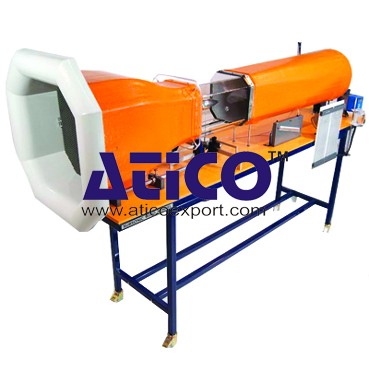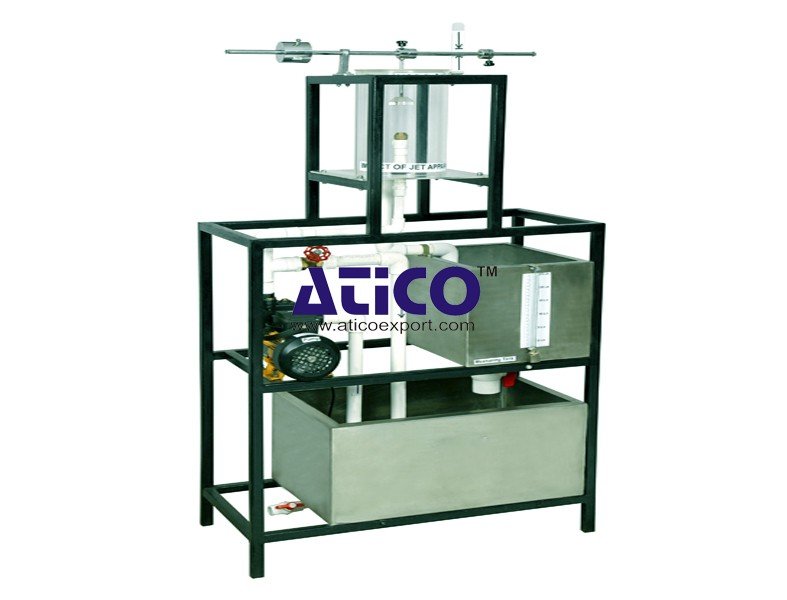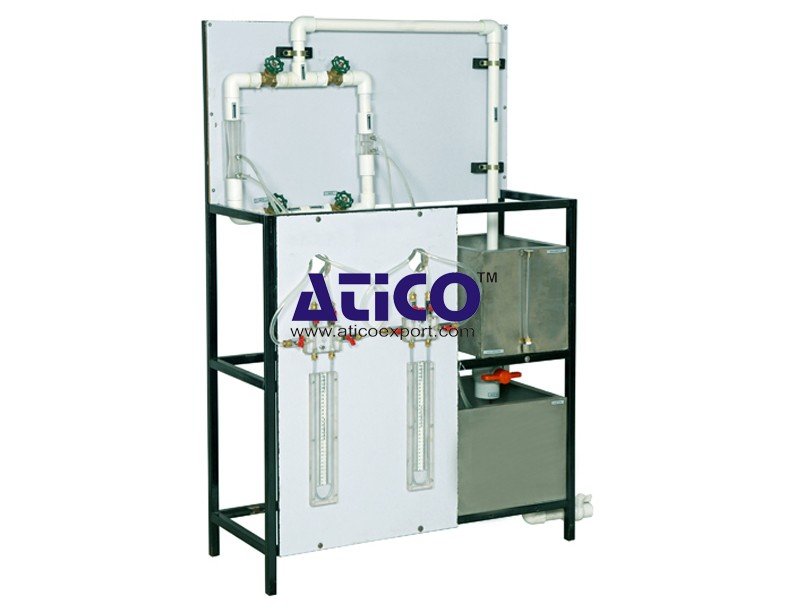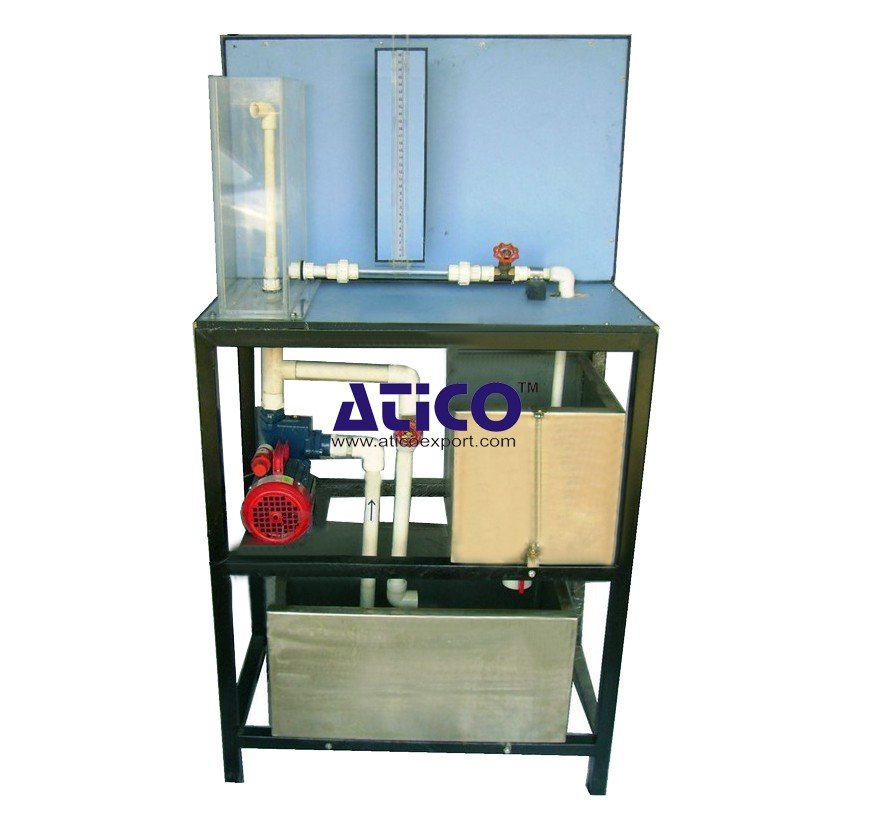Subsonic Wind Tunnel
Categories:Subsonic Wind Tunnel: This type of tunnel are used for various operations at very low mach number. The speed limit for thsi is 480 km/h. It is of various types open-return type and closed return flow...
Product
Description
Subsonic Wind Tunnel: This type of tunnel are used for various operations at very low mach number. The speed limit for thsi is 480 km/h. It is of various types open-return type and closed return flow. Specification : Self-contained wind tunnel for the study of subsonic aerodynamics, complete with two- component balance system and air speed indicator • Special features: - Contraction and Diffuser: precision glass fibre mouldings - Test Section: clear acrylic, which retracts to permit access to the models. - Adjustment of models can be made with the tunnel in operation. - Fan: Variable speed motor driven unit downstream of the working section permitting stepless control of airspeed between 0 and 26ms-1 - Balance: Lift and drag Lift - 7.0N, Drag - 2.5N, Sensitivity ±0.01N - Air speed: Indicated on inclined manometer directly calibrated in m/s - Support structure: A strong steel frame including working surface and fitted with castors for easy movement • Suitable for undergraduate and simple research work. • Working section: 304mm wide x 304mm high x 457mm long (octagonal cross- section) • Contraction area ratio: 3:1 • Motor rating: 1.5kW • A user instruction manual is supplied • Optional models and instrumentation allow: - Investigation of the development of the boundary layer on a flat plate by measurement of total head distribution - Flow visualisation studies around an aerofoil - Measurement of pressure distribution around an aerofoil at various angles of attack or around a cylinder - Measurement of lift and drag on an aerofoil with leading edge slot and trailing edge flap - Velocity and pressure distribution measurements using a pitot static tube and yaw probe - Measurement of drag for models of different shapes but common equatorial diameter - Demonstration of flutter of an aerofoil - Calibration of the wind tunnel velocity indicator using a pitot static tube - Investigation of the wake behind a cylinder or aerofoil using a wake survey rake
quick overview :
Subsonic Wind Tunnel: This type of tunnel are used for various operations at very low mach number. The speed limit for thsi is 480 km/h. It is of various types open-return type and closed return flow. Specification : Self-contained wind tunnel for the study of subsonic aerodynamics, complete with two- component balance system and air speed indicator • Special features: - Contraction and Diffuser: precision glass fibre mouldings - Test Section: clear acrylic, which retracts to permit access to the models. - Adjustment of models can be made with the tunnel in operation. - Fan: Variable speed motor driven unit downstream of the working section permitting stepless control of airspeed between 0 and 26ms-1 - Balance: Lift and drag Lift - 7.0N, Drag - 2.5N, Sensitivity ±0.01N - Air speed: Indicated on inclined manometer directly calibrated in m/s - Support structure: A strong steel frame including working surface and fitted with castors for easy movement • Suitable for undergraduate and simple research work. • Working section: 304mm wide x 304mm high x 457mm long (octagonal cross- section) • Contraction area ratio: 3:1 • Motor rating: 1.5kW • A user instruction manual is supplied • Optional models and instrumentation allow: - Investigation of the development of the boundary layer on a flat plate by measurement of total head distribution - Flow visualisation studies around an aerofoil - Measurement of pressure distribution around an aerofoil at various angles of attack or around a cylinder - Measurement of lift and drag on an aerofoil with leading edge slot and trailing edge flap - Velocity and pressure distribution measurements using a pitot static tube and yaw probe - Measurement of drag for models of different shapes but common equatorial diameter - Demonstration of flutter of an aerofoil - Calibration of the wind tunnel velocity indicator using a pitot static tube - Investigation of the wake behind a cylinder or aerofoil using a wake survey rake
Product
Reviews
add Review
reviews
No Review Yet.















Product
Reviews
add Review
reviews
No Review Yet.